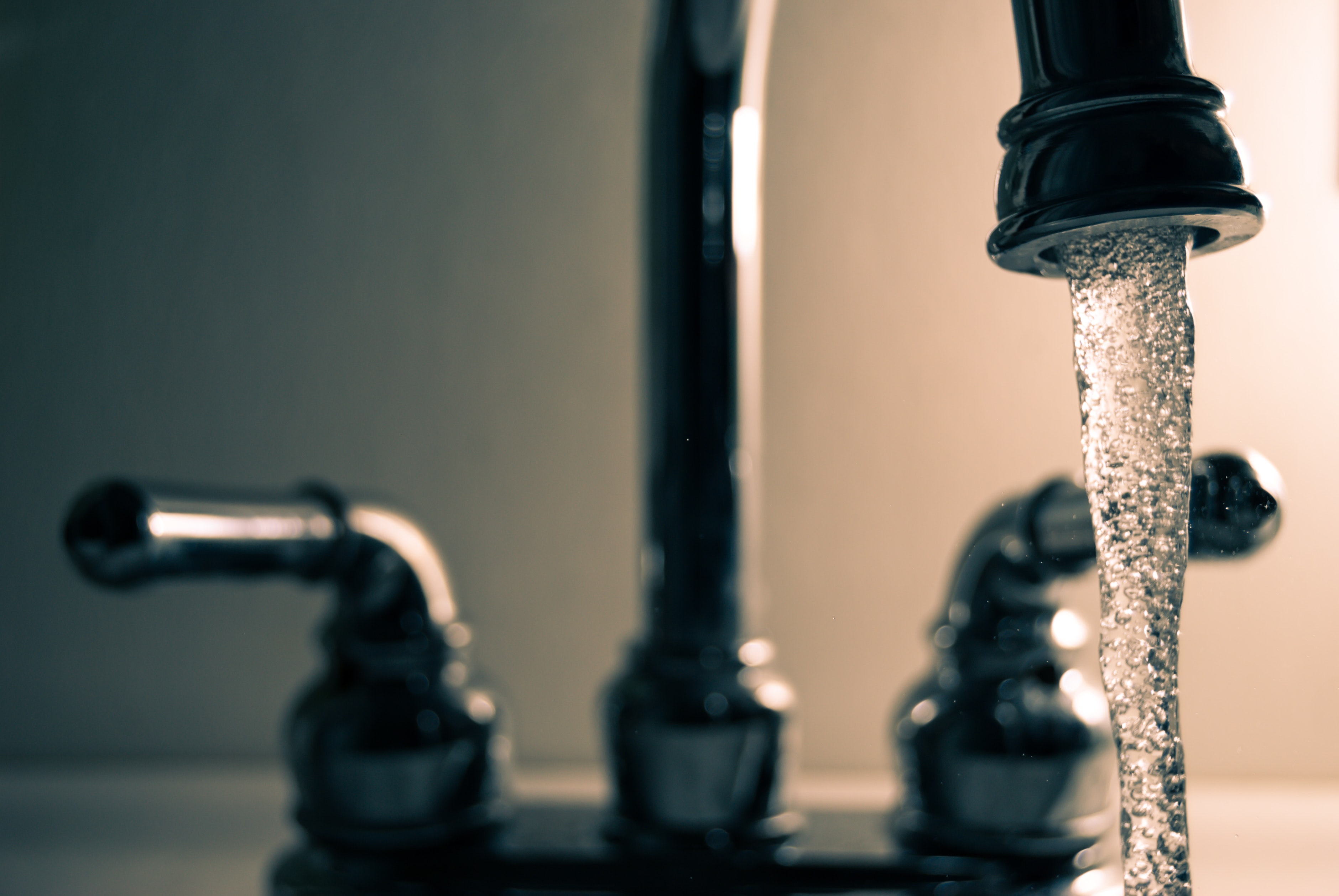 People who get their water from a public water source have groups like the EPA helping to ensure their water quality. Unfortunately, those who use well water do not have anyone monitoring what is in their water. If your drinking water comes from a well, you need to take measures like performing a regular well water test to make sure that the water is safe to drink.
People who get their water from a public water source have groups like the EPA helping to ensure their water quality. Unfortunately, those who use well water do not have anyone monitoring what is in their water. If your drinking water comes from a well, you need to take measures like performing a regular well water test to make sure that the water is safe to drink.
What Causes Contaminated Well Water?
Well water is naturally filtered as it makes its way through the ground into the aquifer. One of the benefits of well water is that it does not contain fluoride, chlorine, or other chemicals that can be found in public water. This lack of treatment also means that as a well owner, you need to be aware of what is in your water.
Well water can easily become contaminated. If your well was drilled too close to the surface it can become susceptible to microorganisms. Depending on the condition of the local soil, groundwater can pick up nitrates, nitrites, copper, and other impurities. The use of chemicals and fertilizers in areas surrounding a well can also easily pollute the water.
What Contaminants Can Get Into a Well?
Contaminated well water often doesn’t have easily noticeable signs to alert you of the potential hazard. You may not be able to easily detect many of the contaminants that can be picked up by well water. This is because they are colorless, odorless, and tasteless. For this reason, the best way to detect these contaminants is with a well water test.
In addition to chemicals, and heavy metals, there are three types of microbial contaminants that you need to be aware of including bacteria, viruses, and cysts.
| Bacteria | These single-celled organisms reproduce by cell division or through spores. They may be free-living organisms or parasites. Bacteria are decomposers that break down waste and bodies of dead organisms. Their cells range from 1 to 10 microns in size. Found almost everywhere, there are some helpful bacteria, while others can be quite dangerous if ingested. |
| Viruses | Composed almost entirely of protein and nucleic acids, viruses are infectious microbes that can cause disease in humans. Because they are parasites, they can only reproduce when inside other living cells. Viruses are very small, ranging from .004 to .1 microns in size which is almost 100 times smaller than bacteria. |
| Cysts | Certain protozoans and bacteria produce protein sacs called cysts. These cysts are made in preparation for entering the reproductive stage. Like spores, cysts are difficult to destroy. However, because of their large size, they are easily removed through filtration. They range in size from 2 to 50 microns. |
Contaminated water can cause serious health issues including gastrointestinal distress, nausea, fever, and long-term illness. High levels of minerals and alkaline can also be harmful to pipes, fixtures, and water-using appliances, causing scaling and damage.
Performing a Well Water Test
Understanding and knowing which contaminants to test for is the first step to keeping your well water safe. TestAssured offers a Well Water Test Kit that you can use as a screening test to determine the safety of your well water. This testing kit includes tests for a complete water analysis. You’ll be able to identify the presence of metals, chemicals, and even bacteria like E. coli.
The kit contains eight tests. Each test is calibrated to EPA standards. Although the bacteria test takes two days to develop, you will have the rest of the test results within ten minutes.
Once you collect your results, you can compare them to the EPA recommendations and guidelines for water quality limits. If your water tests positive for contamination, you may wish to do more intensive testing. You should contact your local health department for more information.
How Often Should You Test Well Water?
The minimum recommended standard for testing well water is at least once every year. For shallow wells that are less than 100 feet deep, the CDC recommends testing twice per year. If your area has experienced land disturbances or flooding or if you know that there are problems with local wells, it may be necessary to test more frequently. You should perform additional tests any time a neighboring well has tested positive for contamination.
You may also wish to test more often if you begin having unexplained gastrointestinal issues or notice a change in the odor, taste, or appearance of your water. Indications of a change in water quality include cloudiness, odor, and unusual taste.


We moved into this new house a year ago and it had an existing water softener that I did not like. So my husband and I decided to replace it with a water conditioner. I purchased one from US Water Systems (The Bodyguard Water Filtration system with Limeblaster. For the first 9 months, it worked like a charm and I was told to replace the filters about once a year. So they were due to be changed. Well, right before I changed them, I started noticing rust stains on my stone shower floor and it started to smell funny…even my kids noticed. So I ordered new filters thinking it was time to change them anyway. Well, replacing with new filters, the metallic smell is still there and my kids still say that the water tastes like penny water. I’m not sure what to do at this point. I spent a whole lot of money on this new system to have clean purified drinking water from any faucet and now this. I’m feeling very discouraged at this point. Please advise